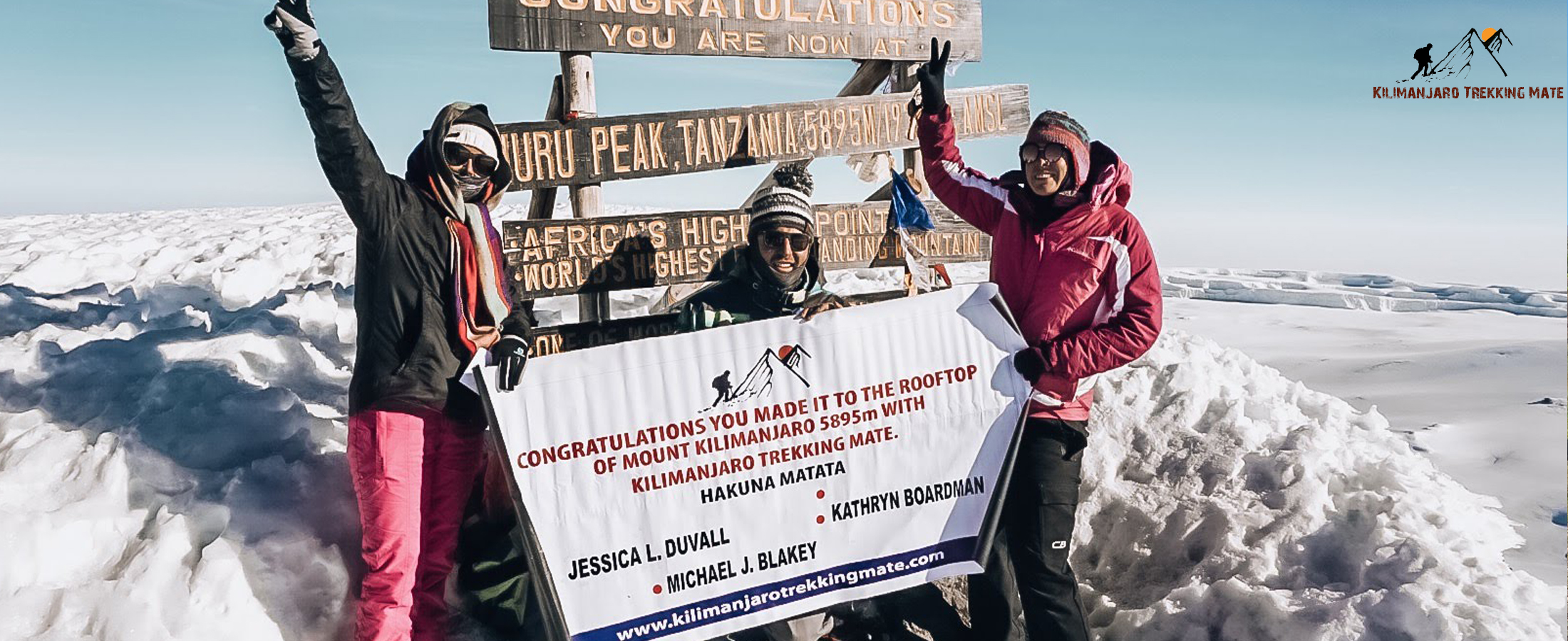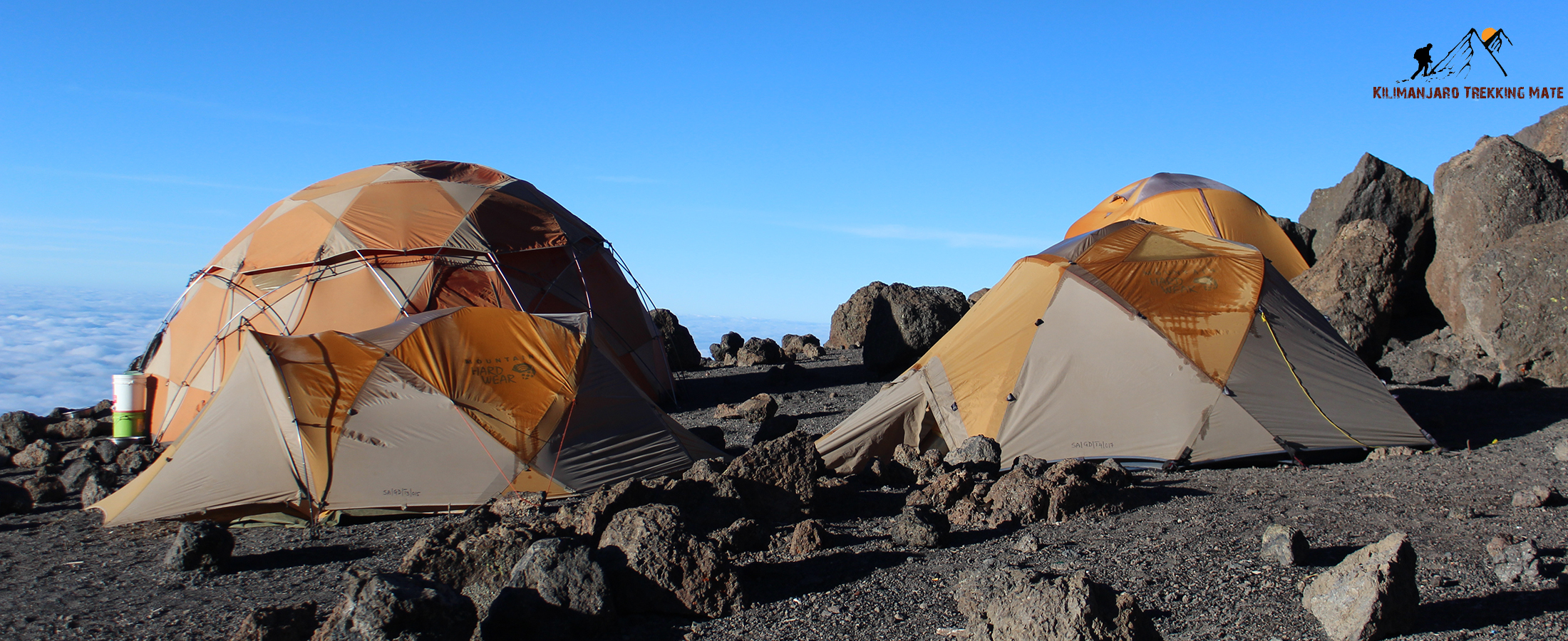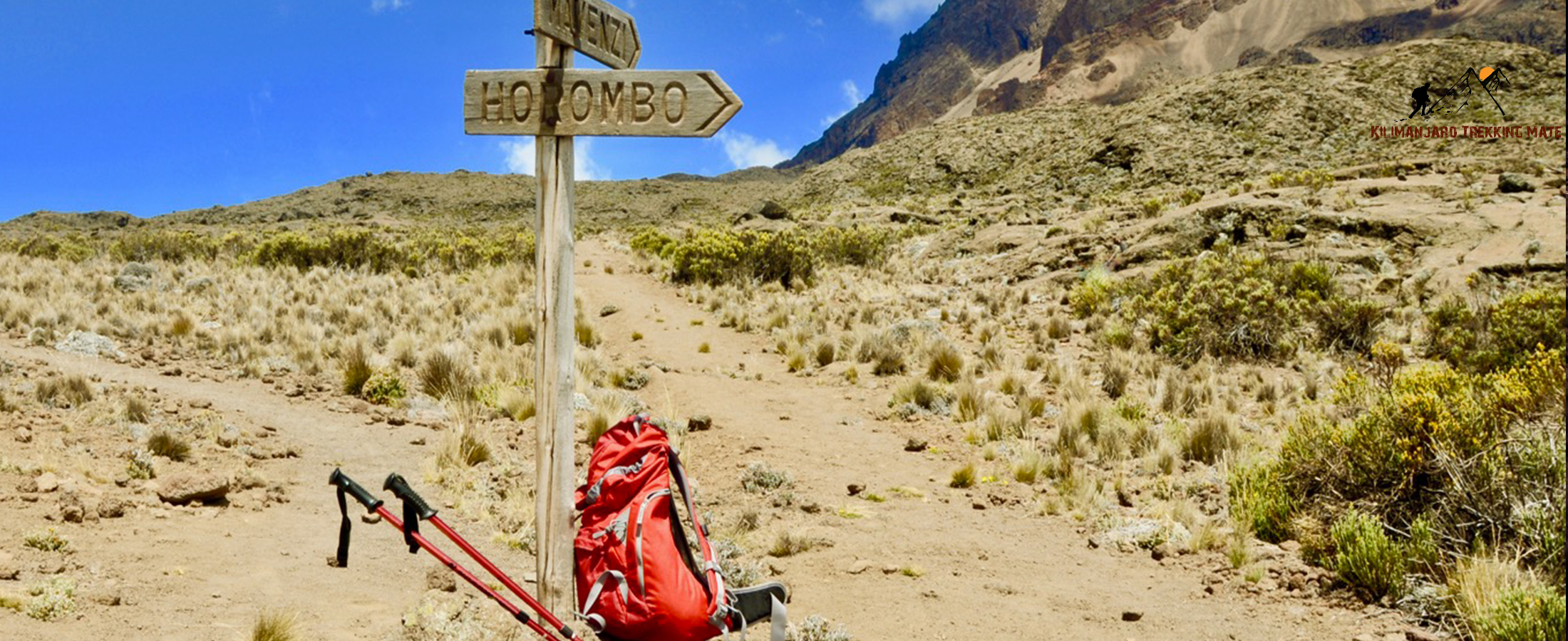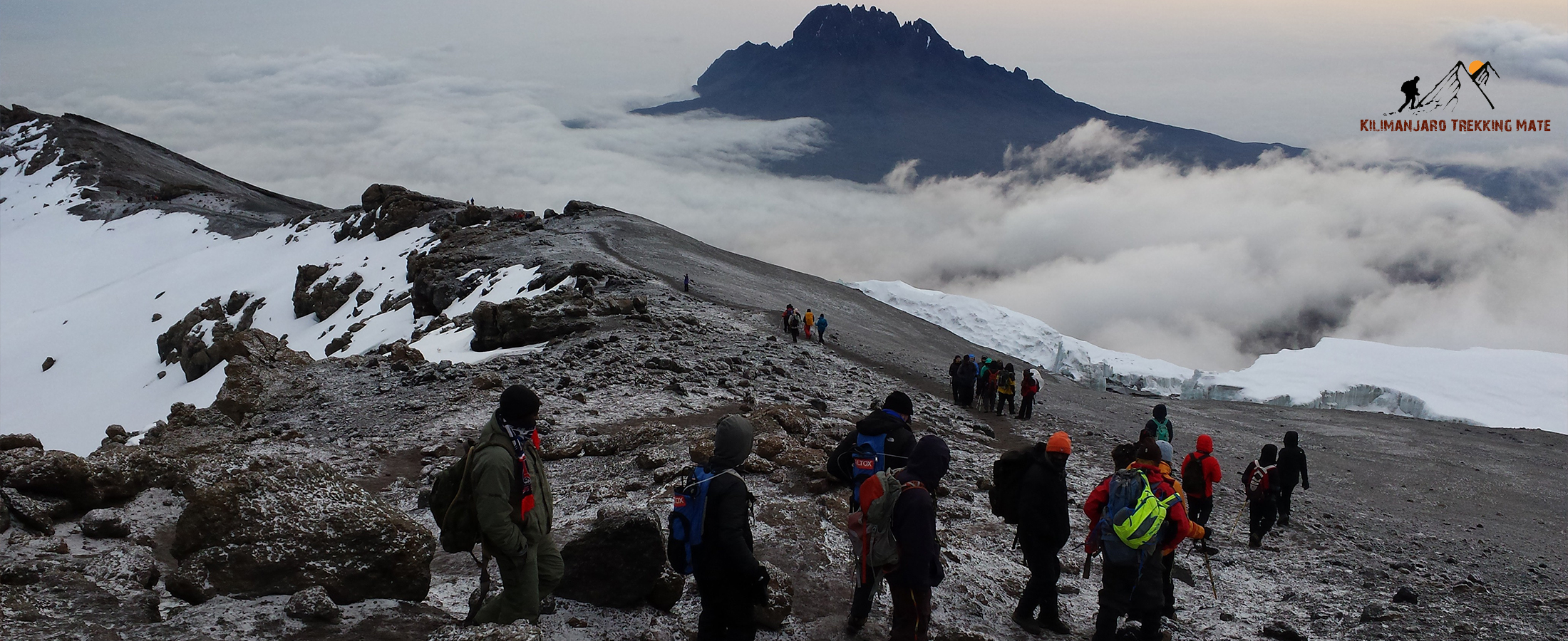Altitude sickness - is very common on high mountains and its symptoms begin to show above 3000m in height. Anyone climbing Kilimanjaro can be affected by this problem but it is most often worse in those who are not accustomed to travelling to high altitude and in those who have not allowed their body to adapt or acclimatize to the new conditions. This issue can occur in anybody irrespective of their climbing experience or physical condition.
- Because Altitude sickness - is very common on high mountains, Kilimanjaro Trekking Mate is focused on safety, and we provide the best guides – medically trained Guides to our climbers.
On the Mountain our Guides perform a thorough health check on every climber twice a day, in
the morning and in the evening.
Everyday in the morning before you start your trek our guides will monitor your lungs accomplish by using a stethoscope, and in the evening – our guides perform a through health check, using their specialized High Altitude Medical paper and conjunction with pulse-ox meter.
Our Medical Trained Guides will monitor you every step of the way.
Regular health checks help keep you and Kilimanjaro Trekking Mate Guides informed about your condition.
During the Climb
All Kilimanjaro Trekking Mate climbs are designed to ascend slowly – ( pole - pole ) and safely over several days to acclimatize to the extreme altitude – avoiding health dangers and dramatically increasing success rates to the summit.
Our guides will set a deliberately slow pace ( pole –pole ) in order to give clients adequate time to adapt to the thinning air.
The slower you hike to more time you give your body to acclimatize.
The body generally can adapt -- or acclimatize -- to the decreased oxygen at higher elevations in a matter of a few days.
This process will be made easier if you try to make your ascent as gradually as possible. Remember, the closer you live to sea level, the more time your body will need to get used to high altitude.
Once you reach higher altitudes, it is important to:
* Avoid strenuous activity for the first day or two and allow time for your body to adjust to the new environment.
* Drink extra fluids, at least 3 to 4 liters of water a day, to prevent dehydration.
* Not drink alcohol or take sleeping pills, tranquilizers or antihistamines.
* Eat high-carbohydrate foods
* Sleep at a lower altitude than you were in during the day.
* Use sunblock and head protection from strong ultraviolet rays.





